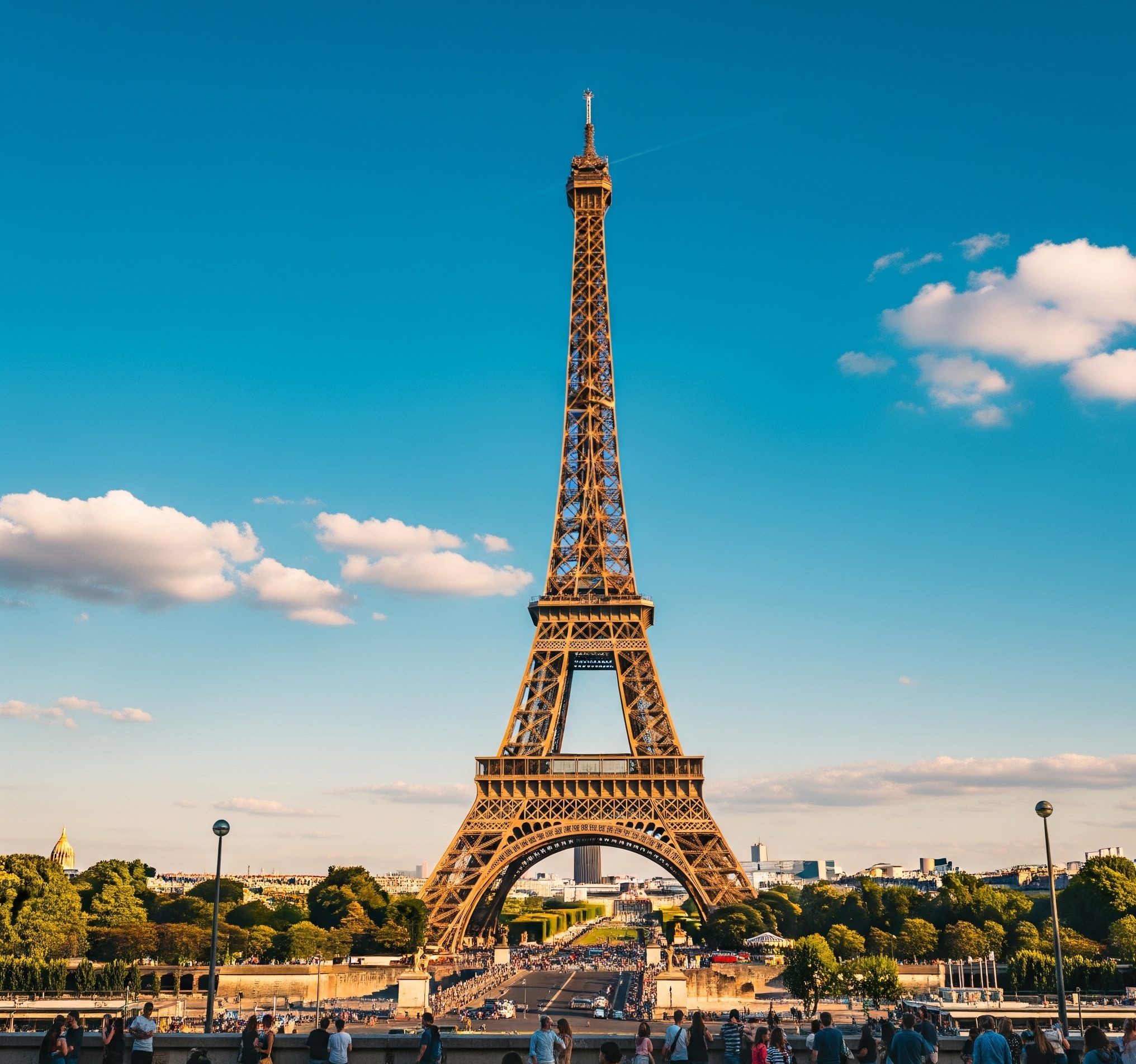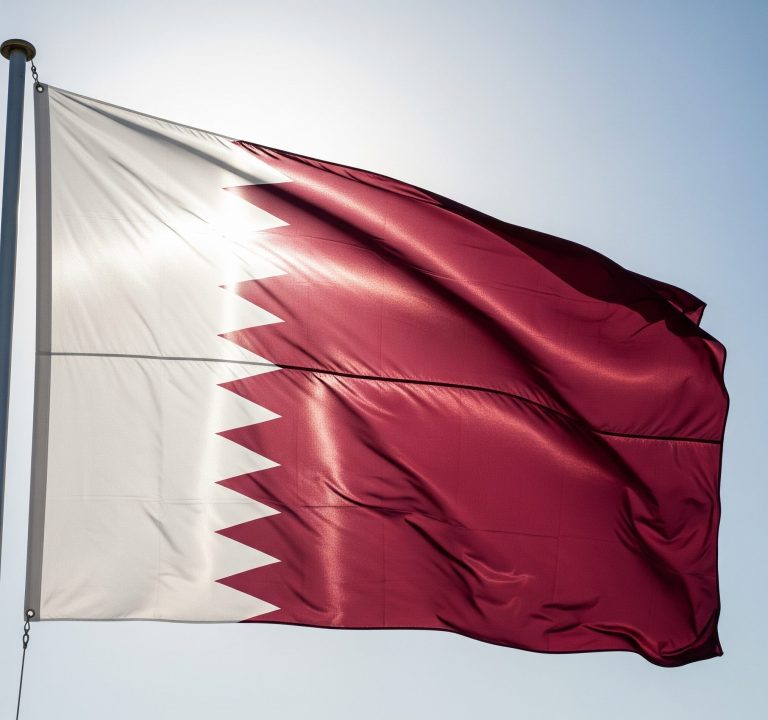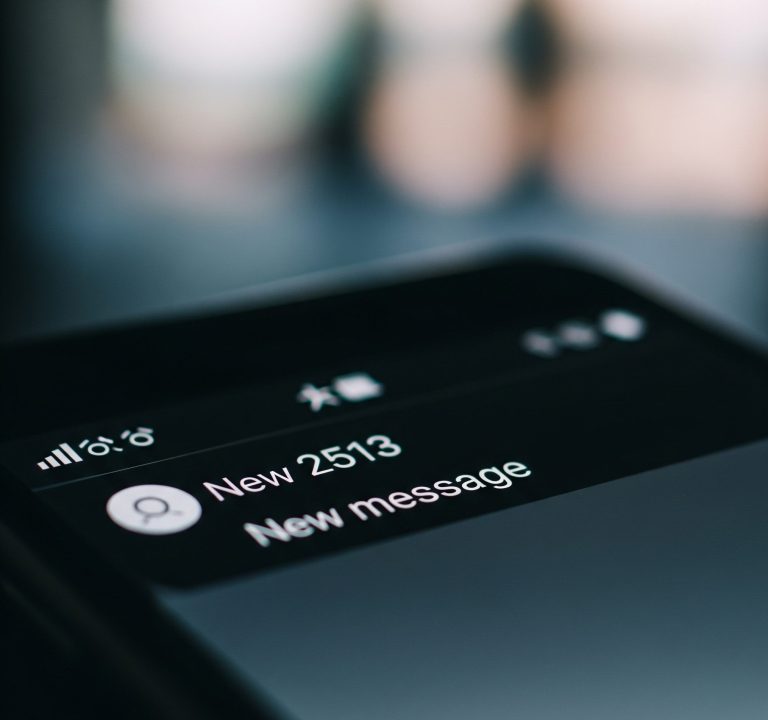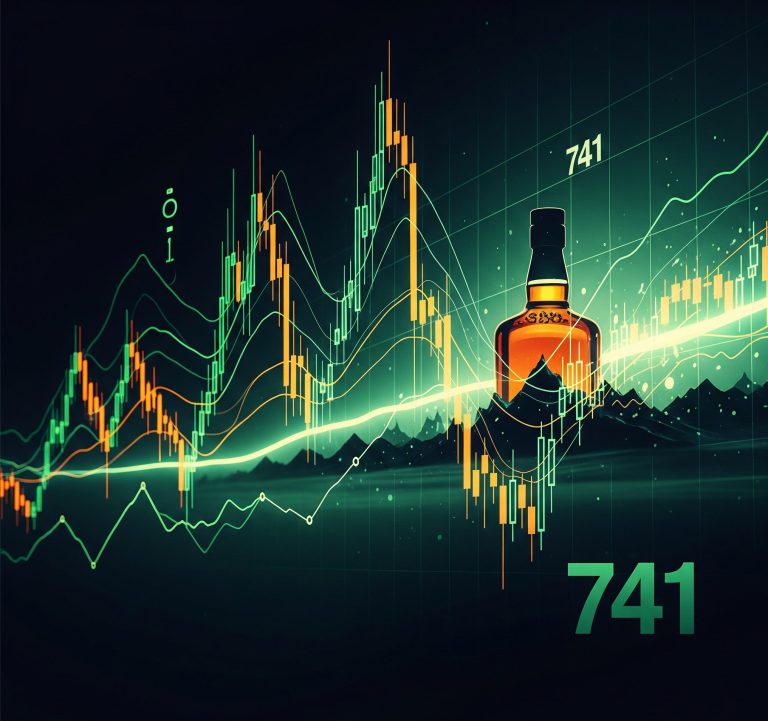In an increasingly interconnected world, reaching friends, family, or business associates across borders is a common necessity. For Americans looking to connect with individuals in France, a crucial piece of information is the +33 country code. This article will guide you through the process of making international calls to France, demystifying the various components of international dialing and offering practical tips for a seamless experience.
Contents
The Anatomy of an International Call: Beyond Your Local Area Code
Before diving into the specifics of the +33 country code, it’s helpful to understand the general structure of an international call from the United States. Unlike dialing a domestic number, which typically only requires a 10-digit number (area code + 7-digit local number), international calls demand a few extra prefixes:
- International Direct Dialing (IDD) Prefix: This is the exit code you dial from your country to initiate an international call. For the United States, this prefix is “011”. Think of it as telling your phone system, “I’m about to call outside of the U.S.”
- Country Code: This unique two or three-digit code identifies the destination country. In our case, for France, this is the +33 country code.
- National Destination Code (NDC) or Area Code: Once you’ve specified the country, you’ll need to dial a code that narrows down the geographical region or specific network within that country. For France, these are typically single-digit prefixes for mobile numbers or two-digit prefixes for landlines, followed by the subscriber’s number.
- Subscriber Number: This is the individual phone number of the person or business you are trying to reach.
Demystifying the +33 Country Code: Calling France from the USA
Now let’s put it all together with the +33 country code for dialing France. Whether you’re calling a landline or a mobile phone, the initial steps are similar.
Calling a Landline in France
To call a landline in France from the United States, you will typically follow this sequence:
011 + 33 + [Area Code (usually 1-9)] + [8-digit Landline Number]
For example, if you are calling a landline in Paris (which typically starts with a ‘1’ after the country code), a full number might look like: 011 33 1 XX XX XX XX. It’s important to note that French landline numbers, after the initial digit, are generally 8 digits long.
Calling a Mobile Phone in France
Calling a mobile phone in France also utilizes the +33 country code, but with a slightly different structure for the subsequent digits. French mobile numbers typically begin with a ‘6’ or ‘7’ after the +33 country code.
011 + 33 + [Mobile Prefix (typically 6 or 7)] + [8-digit Mobile Number]
So, a complete mobile number you dial would resemble: 011 33 6 XX XX XX XX or 011 33 7 XX XX XX XX.

Key Considerations and Tips for a Smooth Call
While understanding the dialing sequence for the +33 country code is crucial, there are several other factors to consider for a hassle-free international calling experience.
Time Zones: Avoiding Awkward Wake-Up Calls
France operates on Central European Time (CET), which is typically 6 hours ahead of Eastern Standard Time (EST) in the United States during Standard Time and 9 hours ahead of Pacific Standard Time (PST). During Daylight Saving Time, this difference can shift. Always check the current time in France relative to your location to avoid calling at inconvenient hours. A quick online search for “current time in France” will usually provide the most up-to-date information.
Cost of International Calls: Beyond Your Domestic Plan
International calls can be expensive, depending on your phone plan. It’s highly recommended to:
- Check with your carrier: Before making a lengthy call, contact your mobile or landline provider to inquire about their international calling rates to France. They may offer specific international calling packages or add-ons that can significantly reduce costs.
- Consider Voice over IP (VoIP) services: Services like Skype, WhatsApp, or Google Voice allow you to make calls over the internet, often at much lower rates or even for free if both parties are using the same service. These options bypass traditional phone networks and can be a cost-effective alternative.
Understanding Dialing from Mobile Phones: The “+” Symbol
When dialing from a mobile phone, especially if you have a French contact saved in your phone, you might see the +33 country code displayed with a leading plus sign (e.g., +33 6 XX XX XX XX). The “+” symbol on a mobile phone acts as a universal international dialing prefix, automatically substituting the appropriate IDD prefix (like “011” for the US). This can simplify dialing, as you don’t need to remember the “011” if the number is already saved in this format.
Verifying the Number: A Double-Check Saves Trouble
Before you dial, always double-check the complete phone number you intend to call. A single transposed digit can lead to a misdial or, worse, connecting with an unintended party and incurring charges. Confirm the full number, including the +33 country code, with the person you are trying to reach if possible, or cross-reference it with a reliable source.
Conclusion: Bridging the Distance with Confidence
Connecting with loved ones, colleagues, or businesses in France from the United States is a straightforward process once you understand the components of international dialing. By remembering the “011” international direct dialing prefix, the essential +33 country code, and the subsequent national destination and subscriber numbers, you can confidently bridge the Atlantic. With a little preparation regarding time zones and calling costs, your conversations with France will be clear, concise, and connection-filled.







